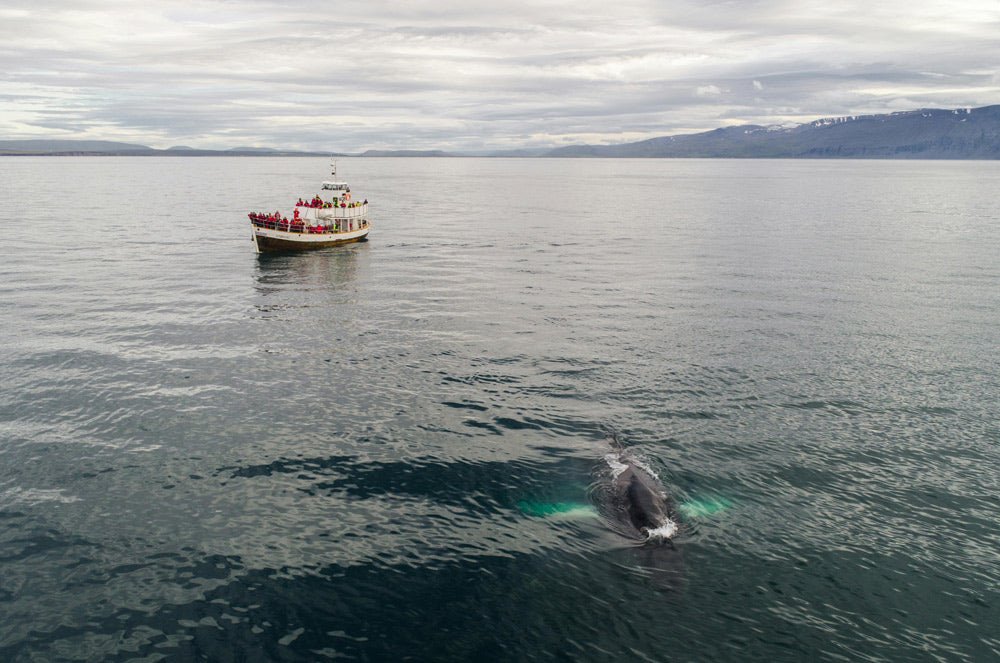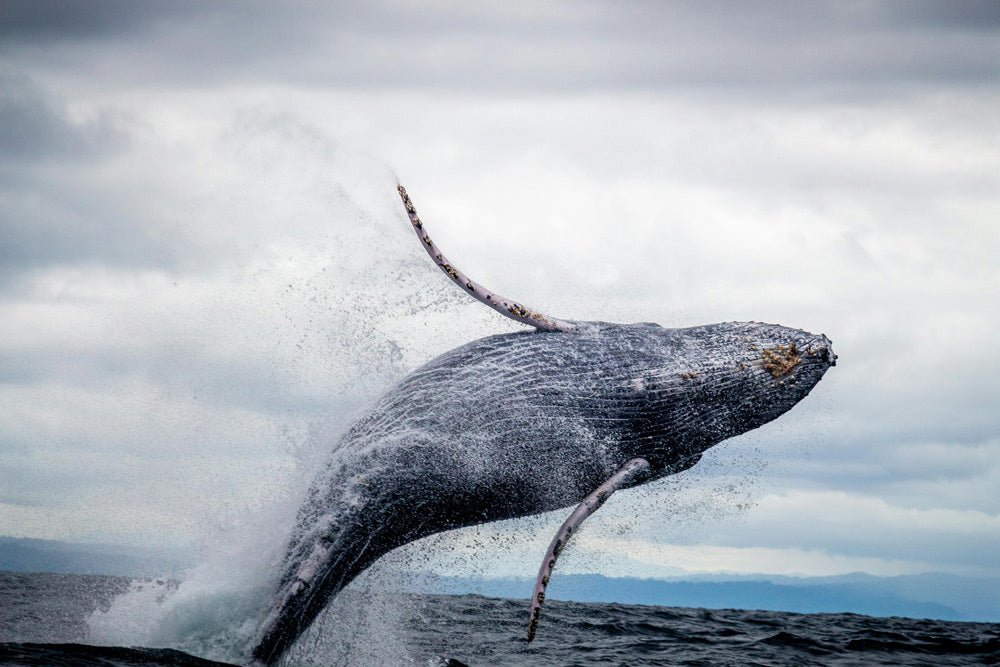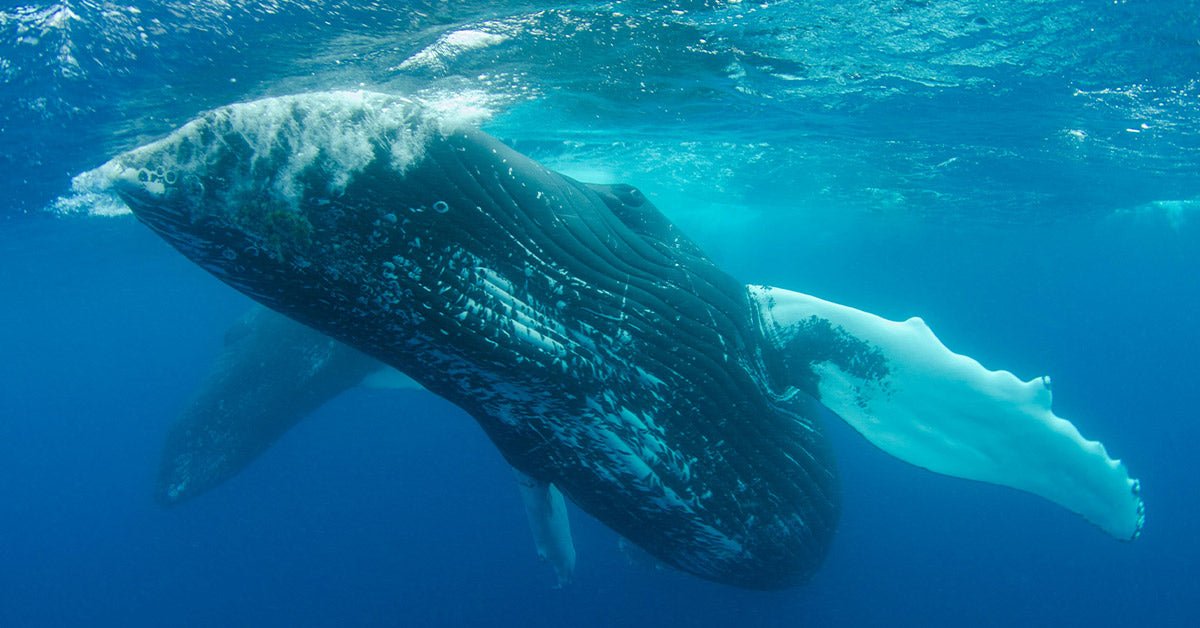In oceans across the globe, humpback whales do something unexpected. They are approaching both, pausing near swimmers and releasing spinning rings of air in the water – rings that drive upwards as giant, underwater smoking signals. According to new research, these bubbles may be more than play. They can be messages.
Whales have long been known for their bubble making skills. They use them for crew fish, to compete for peers and to interact with each other. But a new pattern has emerged: lonely whales that blow controlled rings in the presence of humans, without prey or other whales nearby.
These moments begin to look less as coincidence and more as conversation.
Humpback whales are blowing massive bubbles against humans.
Bubble the ring phenomenon
A study conducted by researchers from the Seti Institute, UC Davis and Alaska Whale Foundation documented 12 such interactions involving 11 whales and a total of 39 bubbles. These were not unintended bubbles. The whales flowed movement -free or idle slowly and blew rings as they turned against boats or humans, often repeating the action for apparent test reactions.
The behavior was consistent, calm and focused on the human observers according to The Independent.
These “smoke rings of the sea” were not associated with feeding or mating, as is usually the case. Instead, they seemed to earn another feature – commitment. As the Daily Mail reports, the whales did not show fear or aggression. In most cases, the ring -blowing whale was alone, making the human presence even more marked.

These bubble rings are not linked to hunting or mating.
A new kind of intelligence
This peculiar behavior is in line with previous studies of the humpback’s intelligence. They live in complex communities, use coordinated feeding strategies and have dialectly songs that can travel for miles. But this new behavior suggests something more conscious. As ABC News reports, these whales may be able to start contact, and engage in a form of non-verbal, non-human communication that challenges our understanding of language and intention.
Fred Sharpe and Laurance Doyle, leader researchers from the Whaleseti project, believe these whales could use bubbling rings as a way of testing the boundaries of interaction between interspecies. The resemblance to the kind of outreach we expect from foreign civilizations is not lost on them. Seti’s core hypothesis is that intelligent life elsewhere will be curious, social and seek communication – mockery, now observed in humpback whales, reports Gizmodo.

Whales are known for their intelligence and complex communities.
The Twain Meeting
In a separate but related event, a humpback smoking named Twain participated in a 20-minute “conversation” with scientists who played whale contact calls underwater. Twain responded at matching intervals and circled the boat and mirroring the human initiated sounds. It was a back and forth, not contrary to the pace of a casual chat.
The meeting, which was detailed by Earth.com, was the first of its kind – evidence of intentional, interactive communication using timing, pattern and acoustic imitation.

Researchers documented 39 bubbles from 11 individual whales.
A mirror in the deep
The consequences ripple far beyond the whales themselves. The Whaleseti team considers this behavior a model for decoding unknown communication systems – whether from the depths of the sea or from deep room. If one day we have to recognize Alien Intelligence, it may not speak in structured languages or radio signals. It can talk in patterns. In rhythms. In bubbles.
These humpbacks are not only intelligent. They are curious. And they might try to tell us something.
